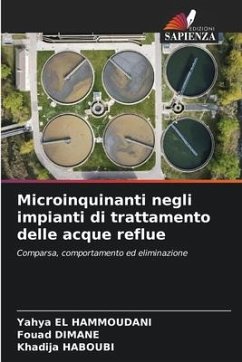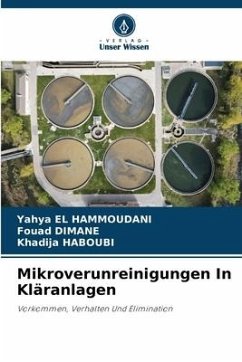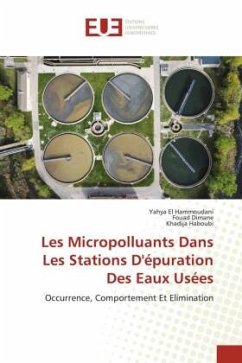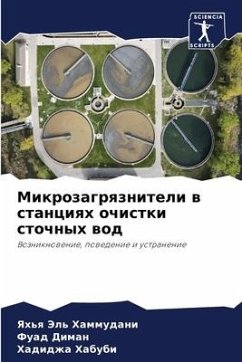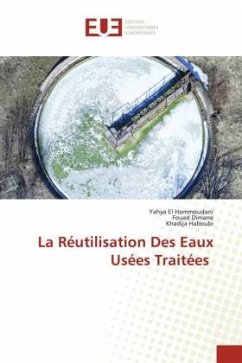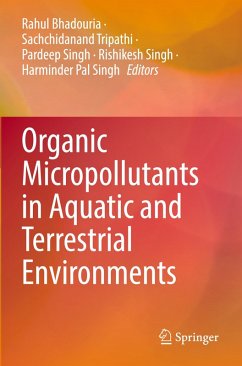
Micropollutants in Wastewater Treatment Plants
Occurrence, Behavior and Elimination
Versandkostenfrei!
Versandfertig in 6-10 Tagen
45,99 €
inkl. MwSt.

PAYBACK Punkte
23 °P sammeln!
Wastewater is contaminated by a wide range of pollutants qualified as micropollutants. Wastewater treatment plants only partially remove micropollutants. The direct discharge of treated wastewater is a major pathway for the introduction of these pollutants into the environment. This book is an updated summary of the presence of these contaminants in wastewater, as well as their behavior and fate during wastewater and sludge treatment processes. Micropollutants have been detected in different countries around the world. The removal efficiency of micropollutants by wastewater treatment plants sh...
Wastewater is contaminated by a wide range of pollutants qualified as micropollutants. Wastewater treatment plants only partially remove micropollutants. The direct discharge of treated wastewater is a major pathway for the introduction of these pollutants into the environment. This book is an updated summary of the presence of these contaminants in wastewater, as well as their behavior and fate during wastewater and sludge treatment processes. Micropollutants have been detected in different countries around the world. The removal efficiency of micropollutants by wastewater treatment plants shows a great variation depending on the physicochemical characteristics of the compounds (15 to 100%). In order to increase the removal efficiency, it is necessary to add advanced treatments such as adsorption on activated carbon. Modeling the behavior of micropollutants through wastewater treatment plants is a useful tool to increase the removal of micropollutants and reduce their release into the environment.



